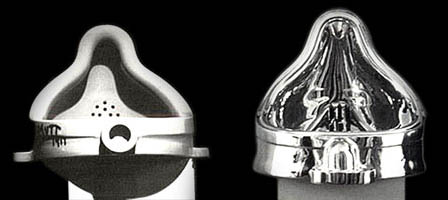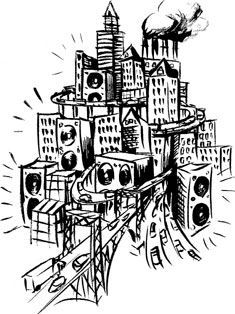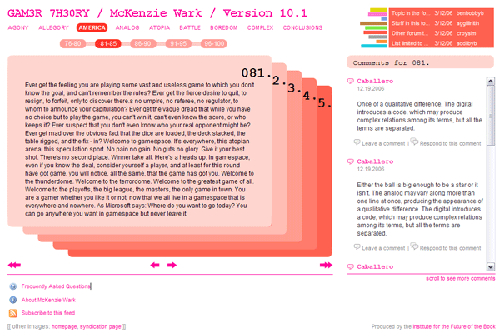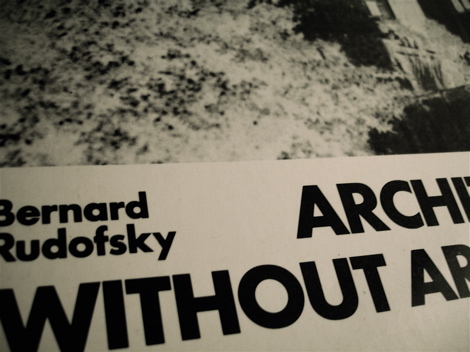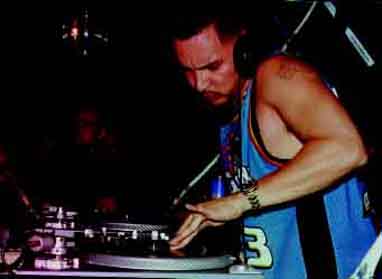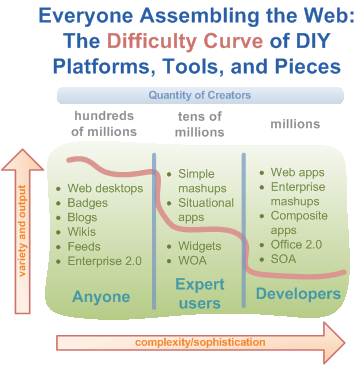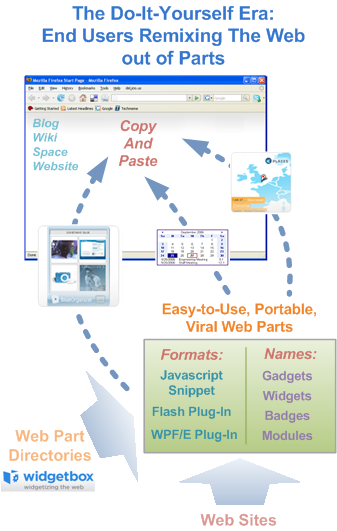2007 Cassette Jockey World Championships (Competition call worth noting)
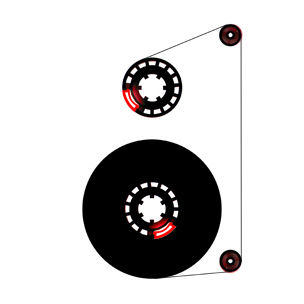
Image source: http://www.civilunrest.biz/
Text source: http://makerfaire.com/cj/
Originally learned about it at Rhizome.org
Note: This announcement is so good as as an idea recalling the good ol’days, that it’s worth keeping around for nostalgia’s sake. (But I admit I keep it here for the sake of my ongoing archive.) I can’t think of a DJ from the 80’s who didn’t start out mixing tunes with a tape-player. I did, and it improved my skills on the ones and twos once I could afford to buy them. I do know of another CJ Championship organized by Beige: 2004 BEIGE Cassette Jockey World Championship. Below is the announcement:
2007 Cassette Jockey World Championships
*** CALL FOR COMPETITORS ***
CALLING ALL: Cassette Jockies… Retro-Tech Lovers… Magnetic Media Monsters… Circuit Benders… Multi-Media DJs… Walkman Hot-Rodders… we want you at the:
2007 CASSETTE JOCKEY WORLD CHAMPIONSHIPS
at the Make Magazine Maker Faire!
In 2003 at a festival in Chicago, a group of retro-tech geniuses organized The Cassette Jockey World Championships. Like the popular DJ (Disk Jockey) competitions with record-toting DJs showing off their turntable skills, the CJ Championships showcases skills and styles in the venerable world of cassettes. Since CJs were encouraged to hot-rod their own equipment, eviscerated boomboxes, disembodied tape heads, and overclocked Walkmans were the weapons of choice… anything that used the standard cassette as its ammo.

